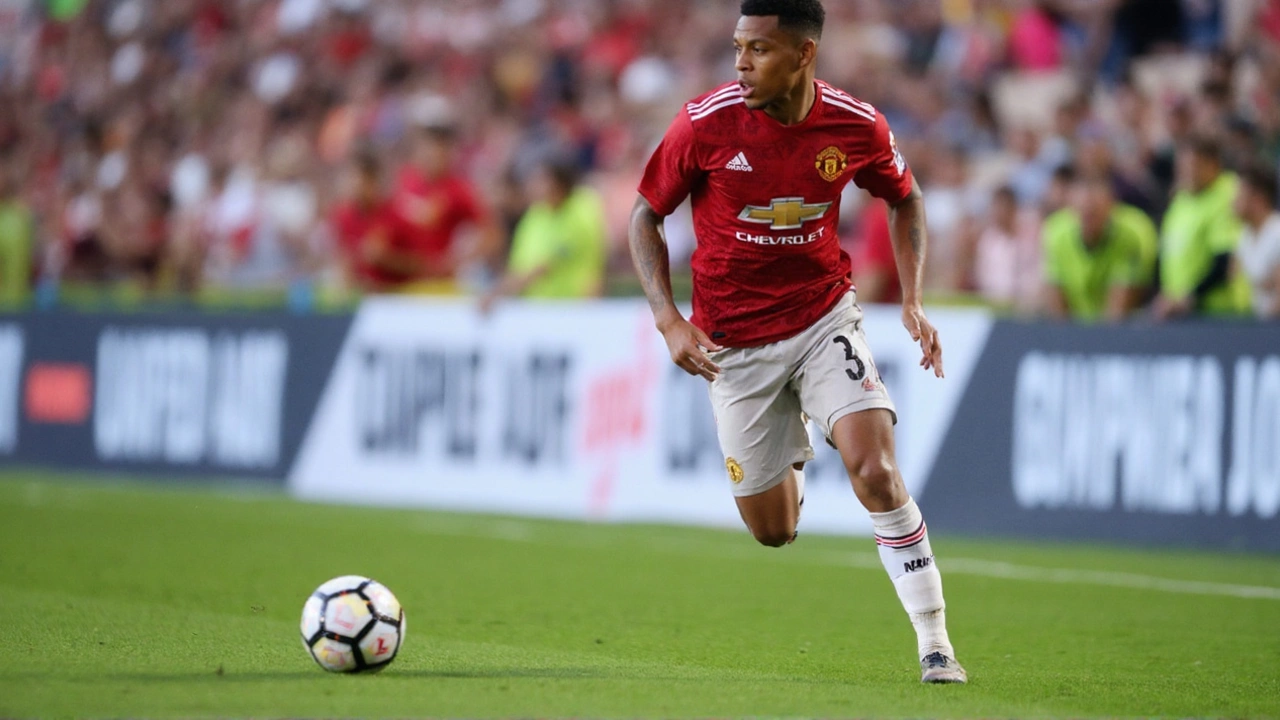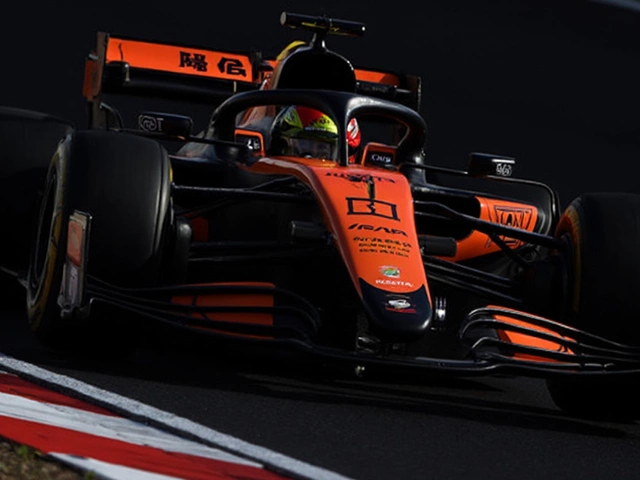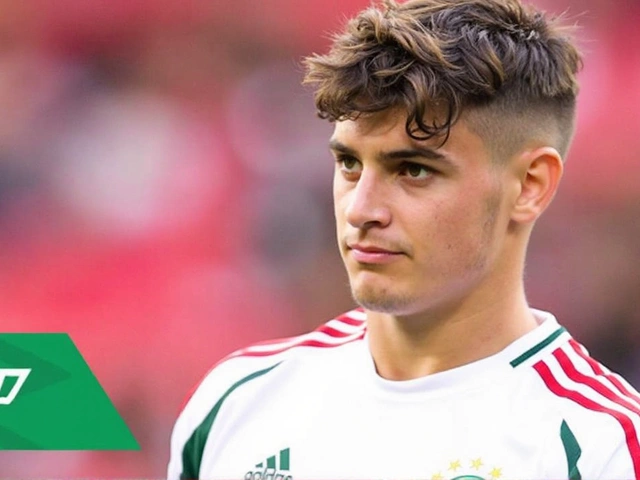Jadon Sancho seals Aston Villa loan from Manchester United as contract clock ticks
Sancho to Villa: a reset with the clock running
Jadon Sancho has completed a season-long loan to Aston Villa from Manchester United, confirmed on deadline day and subject to registration. It’s the third time he’s left Old Trafford on a temporary deal since joining from Borussia Dortmund in July 2021, a detail Manchester United underlined in their announcement. Villa’s first game after the break is slated for Saturday 13 September away to Everton, which could offer Sancho a clean, timely debut if the paperwork clears and his fitness checks out.
The move follows a familiar pattern for the winger. He returned to Borussia Dortmund for the second half of the 2023/24 season and featured in the Champions League final at Wembley against Real Madrid. He then spent the following campaign at Chelsea, a spell intended to reboot his minutes and confidence. Villa now becomes the next stop, with Unai Emery betting that a change of environment — and a defined role — can coax back the sharp, inventive wide play that made Sancho one of Europe’s most-watched young attackers.
There’s a longer game here. Sancho’s future is still up in the air beyond this season. He could be a free agent next summer unless United trigger their 12‑month option to extend his contract through 2027. That clause gives Old Trafford leverage: if Sancho shines, they can reclaim value — by reintegrating him or negotiating from a stronger position in the market. If he struggles, they can let the deal run down without committing more wages to a project that hasn’t stuck.
United’s tone drew attention, too. By stressing that this is loan No. 3 since his big-money arrival, the club’s statement read to many as a pointed line about a transfer that hasn’t delivered. That framing matters. Club communications shape how fans read a saga: as a talent worth patience, or a costly misfit the team is eager to move on. Sancho’s best reply is simple — make himself undroppable in claret and blue.
What it means for Villa and for United
For Villa, it’s a swing at upside without the full transfer risk. Emery’s system asks a lot from wide forwards: hug the touchline to stretch teams, roll inside to combine, press with purpose when out of possession. Sancho’s strengths — close control in tight pockets, cut‑backs from the half‑space, and the final pass in transition — fit that blueprint on paper. If he locks in defensively and keeps the ball moving quickly, he adds a different creative gear to a front line that already has speed and direct running.
Squad balance is a factor, too. A long campaign across league and cups demands rotation, and Villa have needed one more creator who can start on either flank and slide into a No. 10 lane when the game opens up. Sancho can give Emery that flexibility. The risk is rhythm: he’s bounced between clubs and roles, which can drain form. A clear plan — which side he plays, who overlaps, where he receives — will be crucial in the first month.
At United, the move streamlines a crowded wing group and lightens the wage bill for the season. The club also logged a busy deadline day elsewhere, saying they brought in goalkeeper Senne Lammens from Royal Antwerp and moved on several attackers, including striker Rasmus Hojlund to Napoli and Brazilian winger Antony to Real Betis. Those moves, together with Sancho’s exit, sketch a reset in both squad shape and salary structure — and hint at a summer in which Old Trafford prioritized flexibility over short-term depth on the flanks.
There was no immediate detail in the statements about an option to buy in Sancho’s Villa deal, which suggests this is primarily a value-protection loan for United and a performance bet for Villa. If it works, both sides benefit: Villa get a high-ceiling creator for a key stretch; United either welcome back a rebuilt asset or sell from a position of strength. If it doesn’t, Sancho enters a contract crossroads with fewer suitors and less leverage.
The on‑pitch story now takes over. Sancho’s best runs have come when he plays quick combinations around the box, drifts inside to receive on the half-turn, and attacks the far post with calm, angled passes. Villa’s fullbacks and midfield runners should give him the targets he needs. The flip side is intensity without the ball. Emery’s teams live on structure and pressing triggers; if Sancho hits those marks, his minutes will grow fast. If not, he risks becoming a rotation piece rather than a starter.
Expect Villa to integrate him quickly after the break. If registration is completed on schedule, the Everton match on 13 September is the first realistic window for a debut. From there, watch for three tells: how often he starts vs. comes off the bench, whether he takes set-pieces on his side, and how many touches he gets in central channels. High involvement in those areas usually correlates with his confidence — and end product.
For Sancho personally, this is a chance to turn the noise down. A year anchored in one dressing room, under a coach with a defined plan, is exactly what his career has lacked since 2021. Make the simple plays, rack up minutes, and let the numbers follow. If he does that, everything else — the contract option, the narrative, the next move — tends to sort itself out.
Key details at a glance:
- Move: Season-long loan to Aston Villa from Manchester United, subject to registration.
- Timing: Confirmed on deadline day; Villa’s next match is scheduled for Saturday 13 September at Everton.
- Contract: United hold a 12‑month option that can extend his deal to 2027.
- Context: Third loan since joining United in 2021, after spells at Borussia Dortmund and Chelsea.
- Club business: United also announced GK Senne Lammens joining from Royal Antwerp; Rasmus Hojlund and Antony departed to Napoli and Real Betis respectively.





